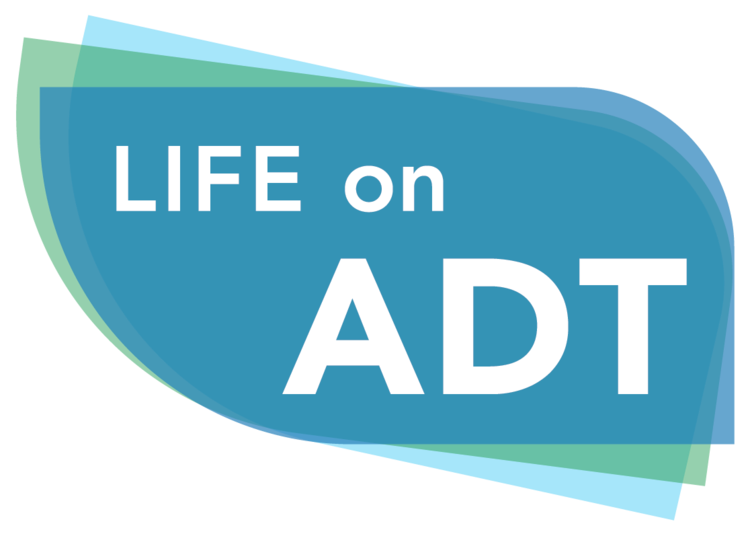Lifestyle Changes for Improving Disease-specific Quality of Life in Sedentary Men on Long-term Androgen-Deprivation Therapy for Advanced Prostate Cancer: A Randomised Controlled Trial. By Bourke et al. 2014
Key sentence from the paper: “A lifestyle intervention resulted in a clinically meaningful improvement in disease-specific [quality of life] that was not maintained postintervention. No effect on blood pressure occurred.”
For the full abstract, see: http://www.ncbi.nlm.nih.gov/pubmed/24119318
Commentary: Anyone who has been to the www.LIFEonADT.com website or read the 2014 book Androgen Deprivation Therapy: An Essential Guide for Prostate Cancer Patients and their Loved Ones knows the benefit of exercise in overcoming the adverse effects of ADT. We recommend patients start exercising before the ADT side effects set in since many of the adverse effects, like loss of muscle mass, weight gained as fat, fatigue, and anemia make it all that much more difficult to get moving, once they set in.
So how do you get a sedentary guy, who may already be overwhelmed by ADT side effects, change his lifestyle? This paper explores that topic. Regrettably, it does more to indicate how difficult the problem is, than to offer a solution to the problem.
The lifestyle intervention in this study was a 12-week program that involved lectures on nutrition plus a well-structured program at a gym supervised by an exercise physiologist. For the first 6 weeks, the men would go to the gym twice a week. In the latter six weeks, they only went once a week to the gym. In order to make up for not having a 2nd session each week with the trainer, the men were supposed to exercise an additional time on their own. Thirty-five men went through the whole program. Another 33 were in a control group that did not get the intervention, but were free to exercise on their own.
The good news is that the exercise program did reduce fatigue and did improve quality of life. Other parameters, such as weight, blood pressure, and diet, hardly differed between the intervention and control group.
The authors were straightforward about the challenges that they found. Most notably, at the six-month mark, not all the individuals in the lifestyle program continued with exercising on their own. The other big problem is that individuals who found themselves randomized to the control arm, were also free to exercise on their own. Evidently several of the men in the control group did just that, so it is difficult to say what the result might have been if those men weren’t exercising.
What then is the general take home message? We see several. First of all, if a man is going to start ADT, it is much better to start making lifestyle changes as soon as possible. Secondly, exercise might not help you lose weight on ADT, but it still can help with address fatigue and improve overall quality of life.
Bourke, L., Gilbert, S., Hooper, R., Steed, L. A., Joshi, M., Catto, J. W., et al. Lifestyle Changes for Improving Disease-specific Quality of Life in Sedentary Men on Long-term Androgen-Deprivation Therapy for Advanced Prostate Cancer: A Randomised Controlled Trial. Eur Urol. 2014,65:865-72.
